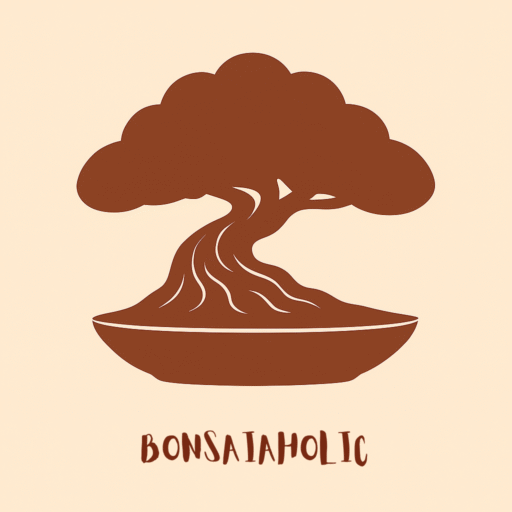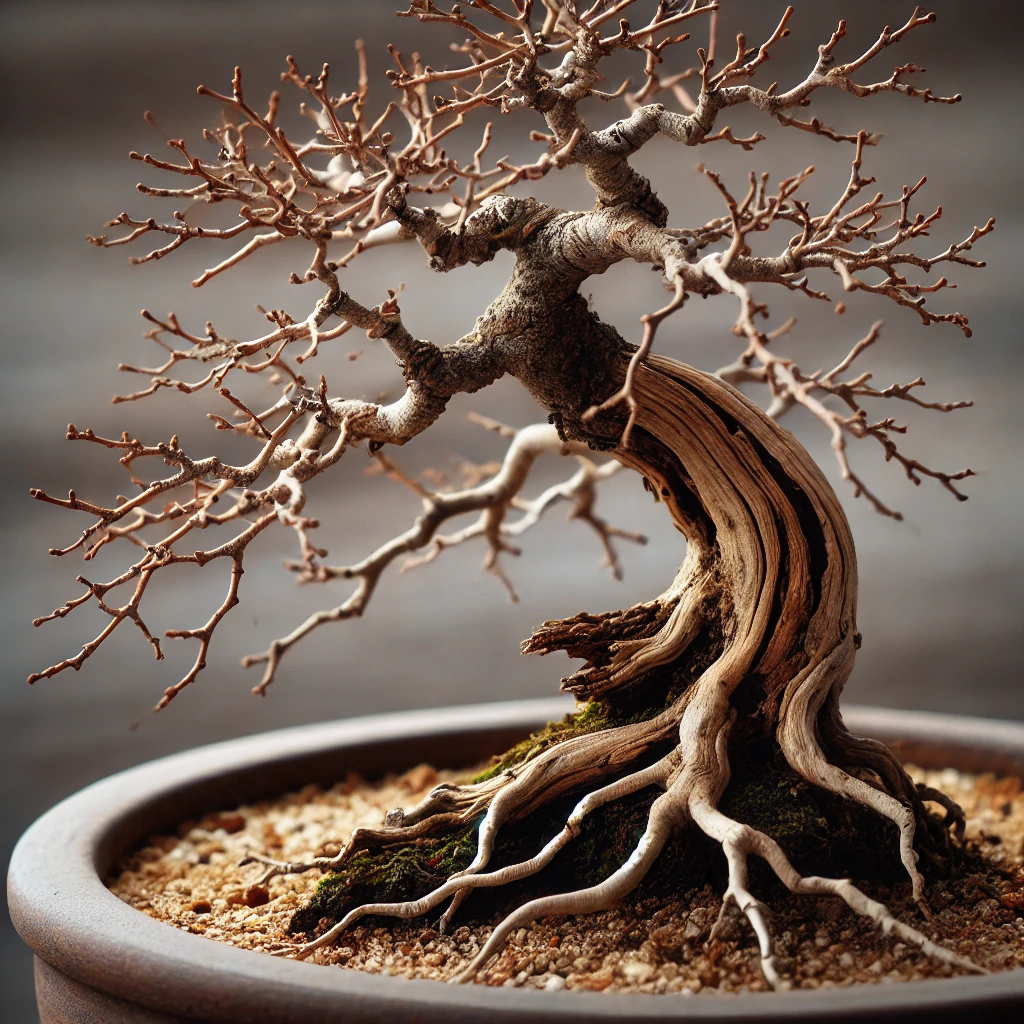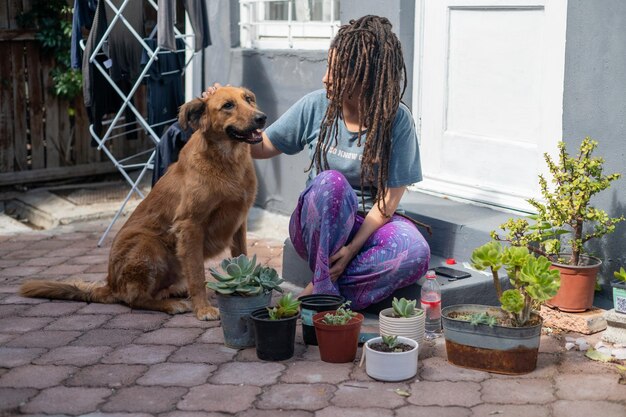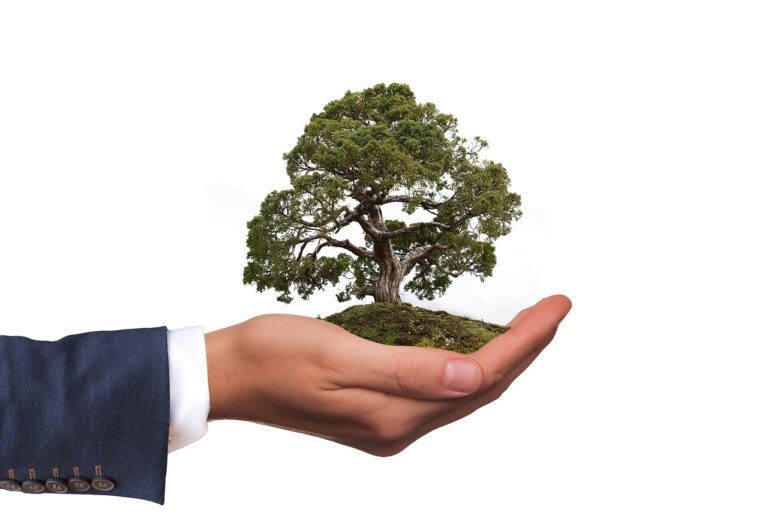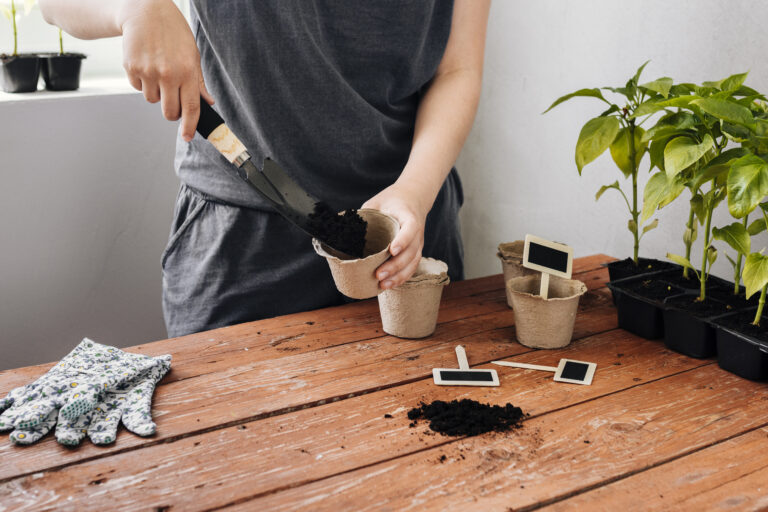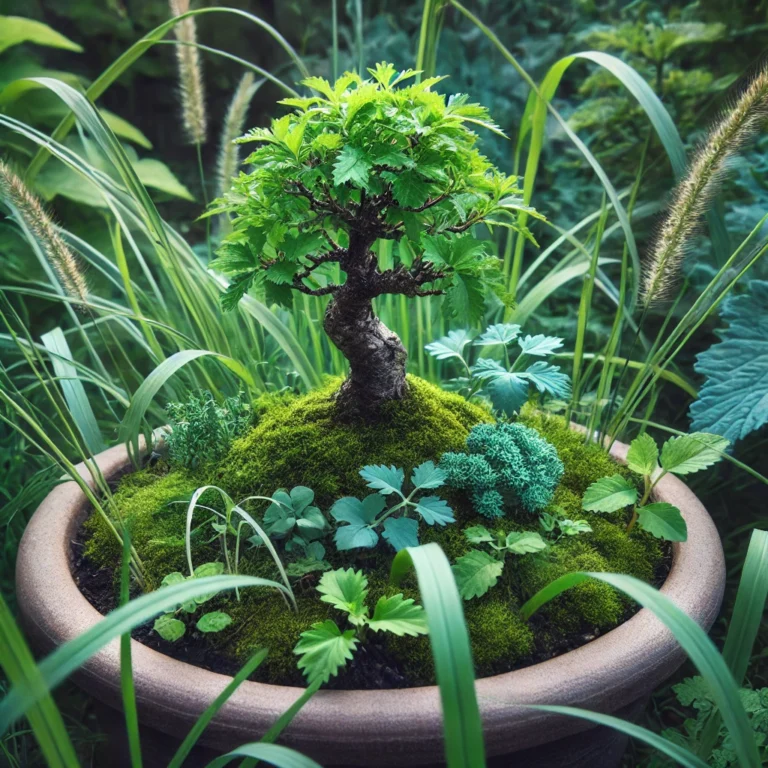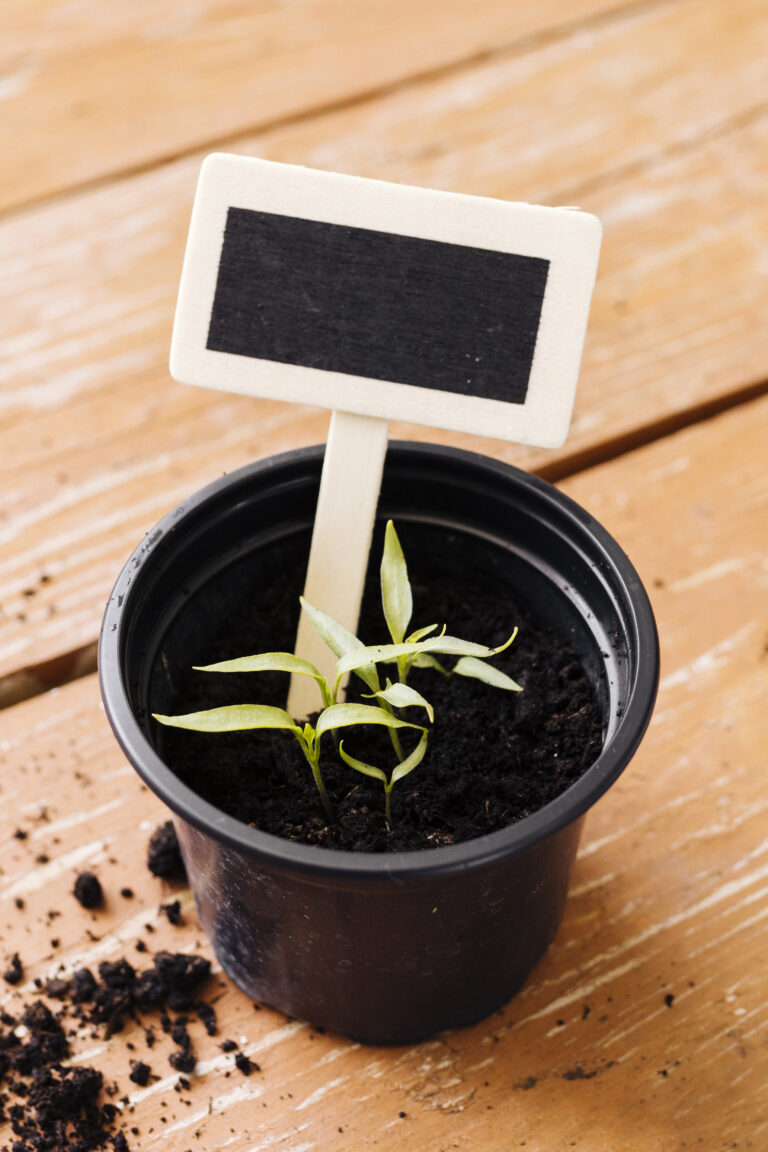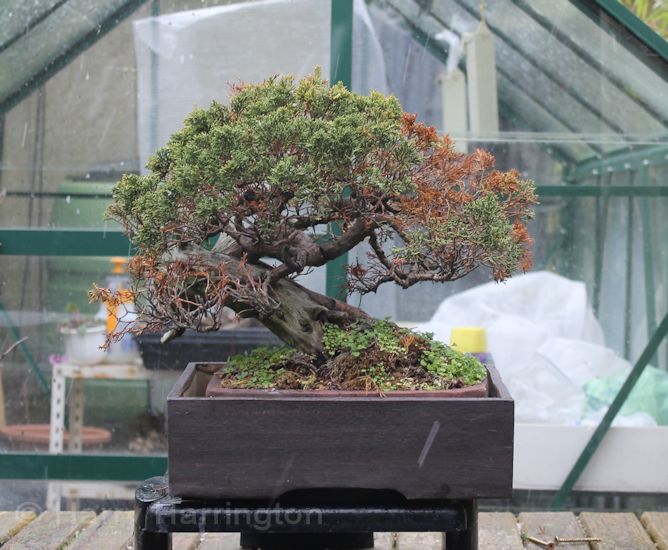Why Is My Bonsai Tree Dying? Causes, Prevention, and Solutions in 2025
Why Is My Bonsai Tree Dying? Bonsai trees are delicate and require specific care to thrive. If your bonsai tree is dying, understanding its possible reasons can help you revive it and prevent future problems. This comprehensive guide will explore common causes, symptoms, and solutions to keep your bonsai healthy.
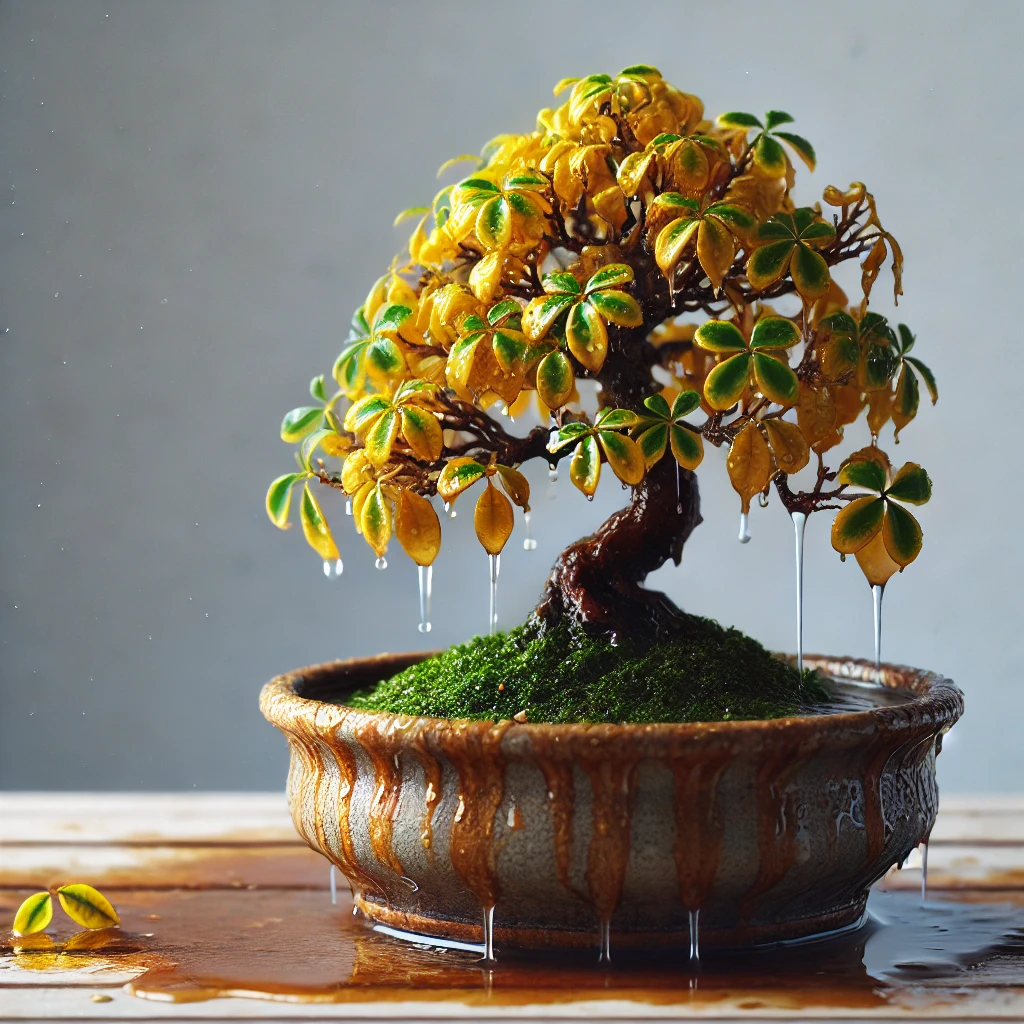
Common Reasons Why Is My Bonsai Tree Dying?
1. Overwatering
Symptoms:
- Yellowing leaves
- Root rot
- Mold or fungus growth
- Soil remains constantly wet
Causes:
Overwatering prevents oxygen from reaching the roots, leading to root rot and bacterial infections.
Solution:
- Allow the soil to dry between watering.
- Use well-draining soil.
- Ensure the bonsai pot has proper drainage holes.
- Adjust watering frequency based on the species and season.
2. Underwatering
Symptoms:
- Wilting or drooping leaves
- Dry, crispy foliage
- Brittle branches
Causes:
Lack of water causes dehydration, leading to stress and eventual death.
Solution:
- Check soil moisture daily.
- Water when the topsoil feels slightly dry.
- Submerge the pot in water for a few minutes if the soil has dried out completely.
3. Poor Soil and Drainage
Symptoms:
- Water pooling on the surface
- Compact soil that retains too much moisture
- Slow or stunted growth
Causes:
Using inappropriate soil can prevent root aeration and drainage.
Solution:
- Use well-draining bonsai soil mixtures like akadama, pumice, and lava rock.
- Repot your bonsai every 1-2 years to refresh the soil.
4. Lack of Proper Sunlight
Symptoms:
- Weak, elongated growth (etiolation)
- Yellowing or dropping leaves
- Overall poor health
Causes:
Bonsai trees require adequate sunlight to perform photosynthesis.
Solution:
- Place the tree in a location that receives at least 4-6 hours of direct or indirect sunlight daily.
- Use grow lights if natural light is insufficient.
5. Incorrect Temperature and Humidity
Symptoms:
- Leaves curling or browning
- Growth slowing down
- Tree appearing stressed
Causes:
Sudden temperature fluctuations or inadequate humidity can stress the tree.
Solution:
- Maintain stable temperatures, avoiding direct heat sources and cold drafts.
- Increase humidity with a humidity tray or misting.
- Choose bonsai species suitable for your climate.
6. Pests and Diseases
Symptoms:
- Visible insects like aphids, spider mites, or scale
- Holes or spots on leaves
- Sticky residue on leaves
Causes:
Pests and fungal infections can weaken the bonsai.
Solution:
- Regularly inspect the tree for pests.
- Use neem oil, insecticidal soap, or biological pest control.
- Improve air circulation and avoid overwatering to prevent fungal infections.
7. Improper Pruning and Wiring
Symptoms:
- Damaged branches
- Wounds that fail to heal
- Stunted growth
Causes:
Excessive pruning or incorrect wiring can weaken or injure the tree.
Solution:
- Prune during the correct season (spring for most species).
- Avoid cutting more than 30% of foliage at once.
- Use proper bonsai wire and techniques to prevent damage.
8. Fertilization Issues
Symptoms:
- Weak or pale leaves
- Lack of growth
- Soil crusting from excessive fertilizer
Causes:
Too much or too little fertilizer affects bonsai health.
Solution:
- Use balanced bonsai fertilizer during the growing season.
- Avoid over-fertilizing to prevent salt buildup.
- Reduce or stop fertilization during dormancy.
9. Root Bound Issues
Symptoms:
- Roots circling inside the pot
- Stunted growth
- Difficulty in absorbing nutrients
Causes:
A root-bound bonsai cannot absorb nutrients and water efficiently.
Solution:
- Repot every 1-3 years, depending on the species.
- Trim excess roots during repotting.
- Use a slightly larger pot if needed.
How to Revive a Dying Bonsai Tree
- Identify the Problem: Examine the tree’s leaves, roots, and soil to pinpoint the issue.
- Adjust Watering: Modify your watering habits based on soil moisture.
- Improve Lighting Conditions: Ensure the tree receives adequate sunlight.
- Treat Pests and Diseases: Use organic treatments or pesticides if necessary.
- Repot if Necessary: If the soil is poor or the tree is root-bound, repot it with fresh bonsai soil.
- Maintain Proper Humidity and Temperature: Keep your bonsai in a stable environment.
- Use Balanced Fertilizer: Feed the tree appropriately during its growing season.
- Prune and Wire Carefully: Ensure correct pruning techniques and avoid excessive styling stress.
Conclusion: Why Is My Bonsai Tree Dying?
Why Is My Bonsai Tree Dying? Taking care of a bonsai tree requires patience and attention to detail. By understanding and addressing common bonsai problems like overwatering, poor soil, pests, and improper pruning, you can prevent your bonsai from dying and keep it thriving for years to come. Regular monitoring and adjusting care routines based on your bonsai’s needs will ensure its longevity and beauty.
